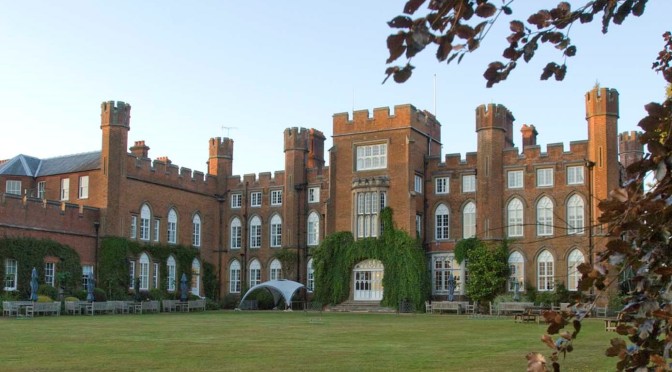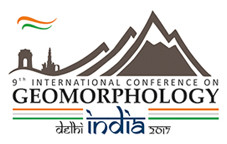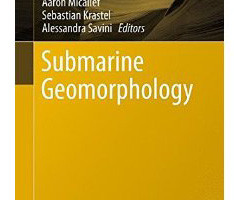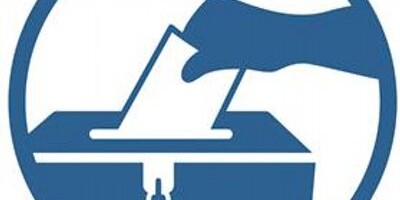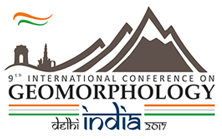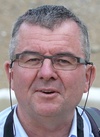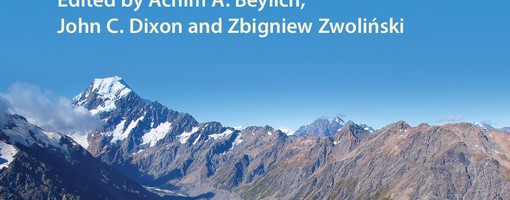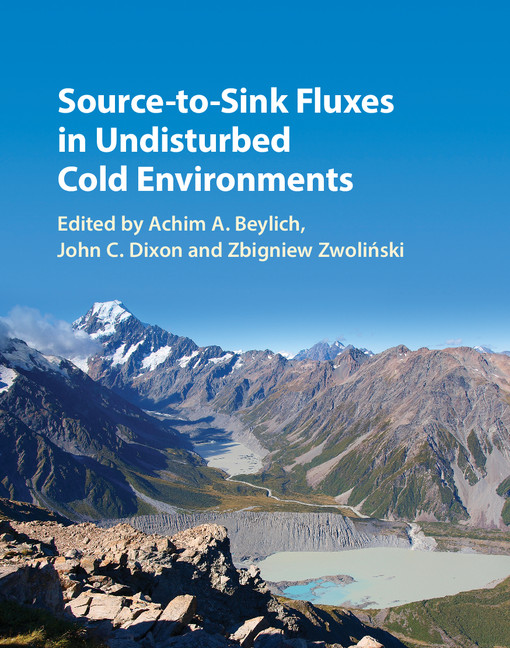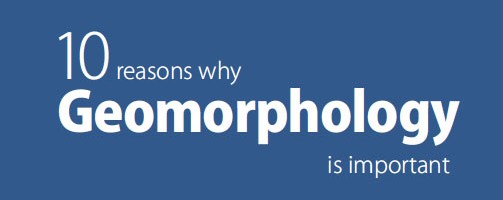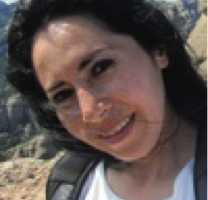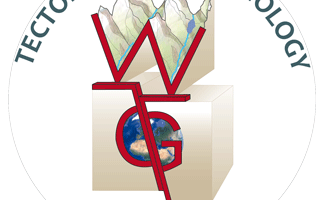The International Association of Geomorphologists (IAG/AIG) offered a number of grants for YOUNG GEOMORPHOLOGISTS (under 35 yrs old) to take part in the 9th International Conference on Geomorphology (New Delhi, India, 6-11 November 2017) and related Intensive Course for Young Geomorphologists (Indian Institute of Remote Sensing, Dehra Dun, India, 12-17 November 2017).
The grants are offered to Young Geomorphologists from less-favoured countries worldwide (with a Purchasing Power Parity below 21,000 international dollars, according to the World Development Indicators database, World Bank, revised 11 October 2016).
The funds allocated are 15,000 euros from the IAG/AIG plus 3,000 euros from the European Geosciences Union (EGU) and 1,500 euros from the French Geomorphology Group (GFG). In recognition of the outstanding research carried out by the French geomorphologist Jean Tricart (1920-2003) in Latin America, Africa and Asia, one of the grant holders from these regions will be designated as the Tricart Scholar.
The Conference on Geomorphology will take place in New Delhi at Vigyan Bhawan. Organized by the Indian Institute of Geomorphologists and open to all scientists and practitioners, it will include scientific sessions, keynote lectures as well as a special Session and an Intensive Course for Young Geomorphologists dealing with ‘Geomorphology Field Training in tectonically active mountain regions’, co-sponsored by the EGU. Field trips will be arranged in various parts of India and neighbouring countries, before, during and after the Conference.
For further information on the Conference, please visit the IAG/AIG website http://www.geomorph.org/ and the Conference website http://www.icg2017.com
The selection of candidates was carried out by a Commission appointed by the IAG/AIG Executive Committee, and priority was given to applicants who intend to participate in the Intensive Course for Young Geomorphologists.
73 applications were received, among which 62 eligible for the grants available.
IAG GRANTS have been awarded to the following 23 candidates:
-Fabio ALVES (Brazil) | REPORT
-Awara Ibrahim M.AMIN (Iraq) | REPORT
-Shreya BANDYOPADHYAY (India) | REPORT
-Sujay BANDYOPADHYAY (India) | REPORT
-Edipo Henrique CREMON (Brazil) | REPORT
-Sayantan DAS (India) | REPORT
-Daniel DE SOUZA (Brazil) | REPORT
-Fabiano DO NASCIMENTO PUPIM (Brazil) | REPORT
-Swakangkha GHOSH (India) | REPORT
-Hadi KARIMI (Iran) | REPORT
-Hongwei LI (China) | REPORT
-Nigus Demelash MELAKU (Ethiopia)
-Mathieu MOMO NOUAZI (Cameroon) | REPORT
-Otavio MONTANHER (Brazil) | REPORT
-Alejandro MONTES (Argentina) | REPORT
-Eduardo MORAIS (Brazil) | REPORT
-Bachtiar Wahyu MUTAQIN (Indonesia) | REPORT
-Daniel PEIFER BEZERRA (Brazil) | REPORT
-Maryam RAHMATI (Iran) | REPORT
-Noemi Sharon RUIZ-CORTES (Mexico) | REPORT
-Sourav SAHA (India) | REPORT
-Guruh SAMODRA (Indonesia)
-Ghislain ZANGMO TEFOGOUM (Cameroon) | REPORT
waiting list (which will be used only in case of any grant-holders’ declination):
1) ROY Suvendu Guruh (India)
2) LIANG Peng (China)
3) ALMEIDA DE OLIVEIRA Sarah (Brazil)
4) OLUWAFEMI Olawale Ayodeji (Nigeria)
5) SILVA MARTINS NAZAR Thallita Isabela (Brazil)
The grant budgets have been negotiated and agreed with each of the awardees and mainly depend on the expected travel expenses and the co-funding they were able to collect. As per IAG tradition, the grants will be delivered cash directly at the Conference venue
The IAG-grants holders are warmly invited to participate in the IAG First General Assembly to be held at the Conference Venue on 7 November (8.30-10.00).
IAG/AIG Vice-President and Training Officer
Mauro Soldati


